Why you can trust TechRadar
Build and handling
- Magnesium alloy construction
- Weather resistant
- Weighs 673g
While the likes of the Canon EOS-1D X Mark II and Nikon D5 are probably some of the bulkiest and heaviest cameras you're likely to pick up this side of a medium format model, the Sony Alpha A9 is noticeably more compact.
It follows a similar design aesthetic to Sony's Alpha 7-series full-frame mirrorless cameras, but the A9 is just that bit chunkier, at 63mm versus 60.3mm.
One of the most obvious differences between the Alpha A9 and its pro-spec DSLR rivals is the lack of an incorporated vertical grip; whether this is a good or a bad thing will depend on your personal preference.
The hand grip itself is a decent size and pretty comfy, but your little finger will overhang the bottom of the camera. An optional GPX1EM grip extension is available, as well as a VGC3EM battery grip.
On its own, the Alpha A9 balances nicely with lenses like Sony's 24-70mm f/2.8, but it feels very front-heavy when a 70-200mm f/2.8 is attached – the VGC3EM battery grip will certainly help on this score.
Appropriately enough for a camera that has designs on being a tool for jobbing pros, the Sony Alpha A9 is based around a durable magnesium alloy body
Appropriately enough for a camera that has designs on being a tool for jobbing pros, the Sony Alpha A9 is based around a durable magnesium alloy body that's also weather-resistant. That said, looking closely at the various doors dotted round the body of the Alpha A9 there don't appear to be any signs of rubber seals to protect the camera from the elements – we'd perhaps be a little nervous, then, if we were sat on the sidelines of a sports pitch in the rain with the Alpha A9, which we wouldn't be if we were shooting with a 1D X Mark II or D5.
In the past we've felt that Alpha (and some Cyber-shot) cameras have been held back a little by their overly complex procedures for changing key settings, and while the overall design of the Alpha A9 follows previous models in the line-up, there have been a number of revisions to the handling.
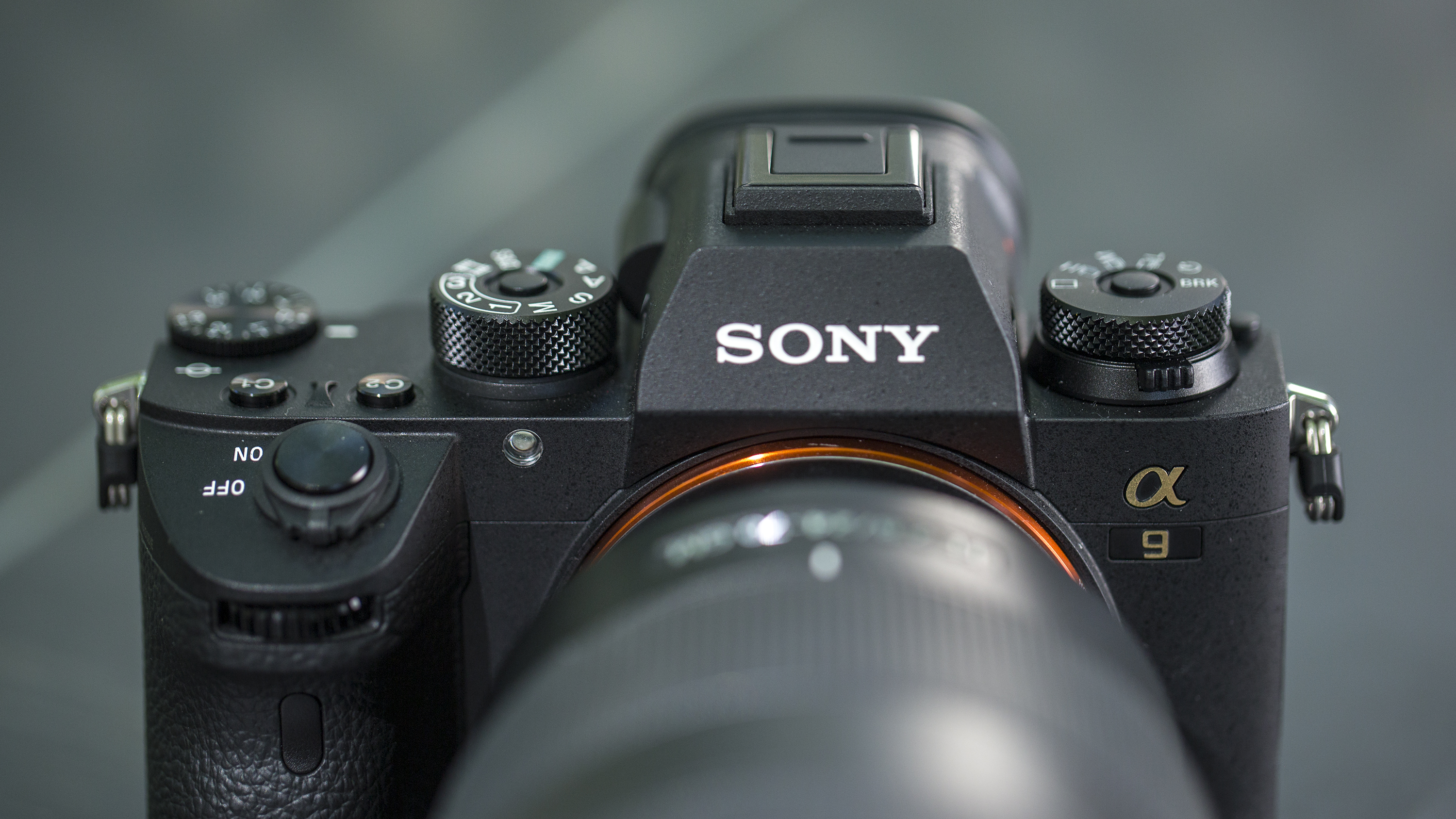
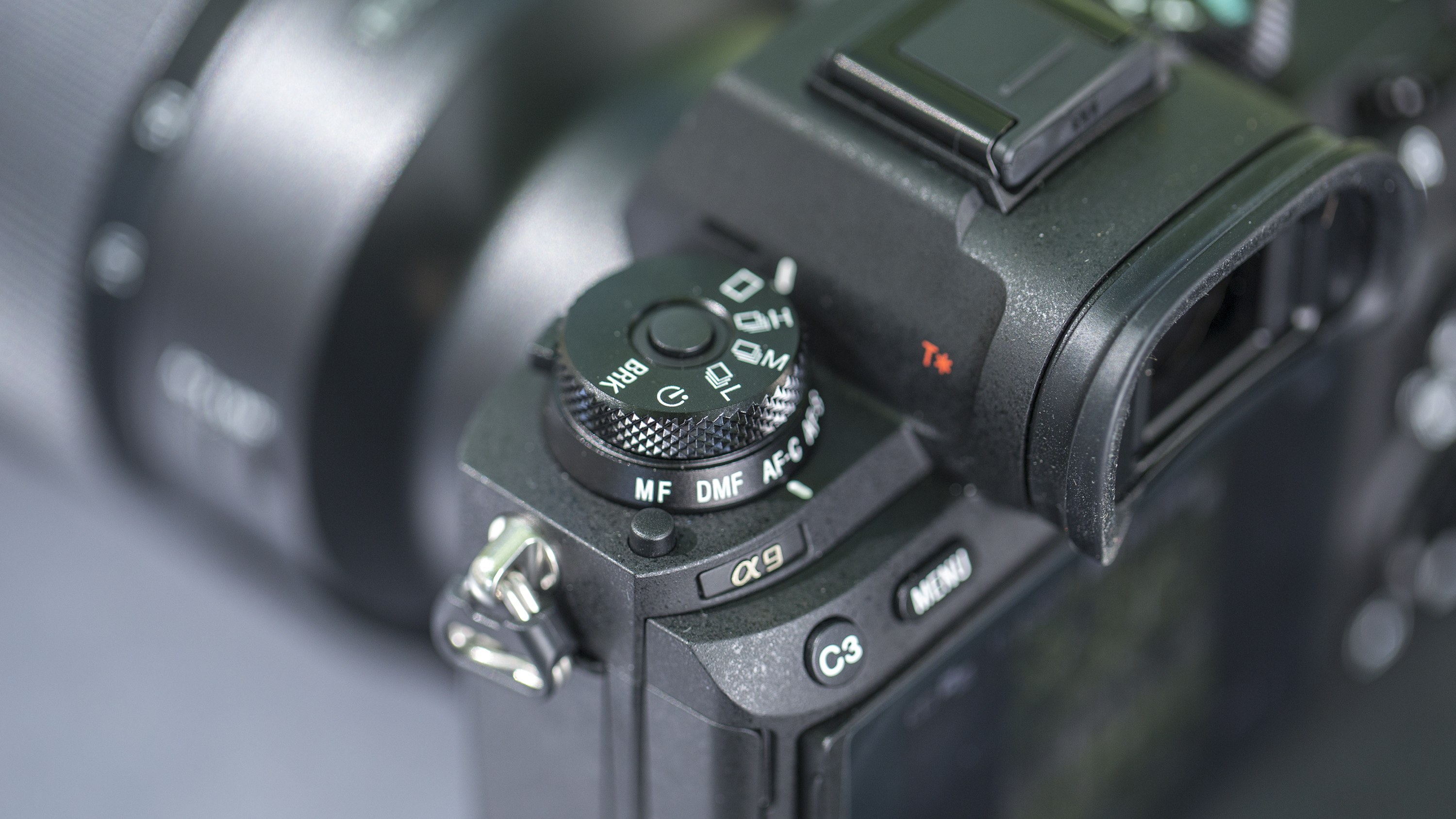
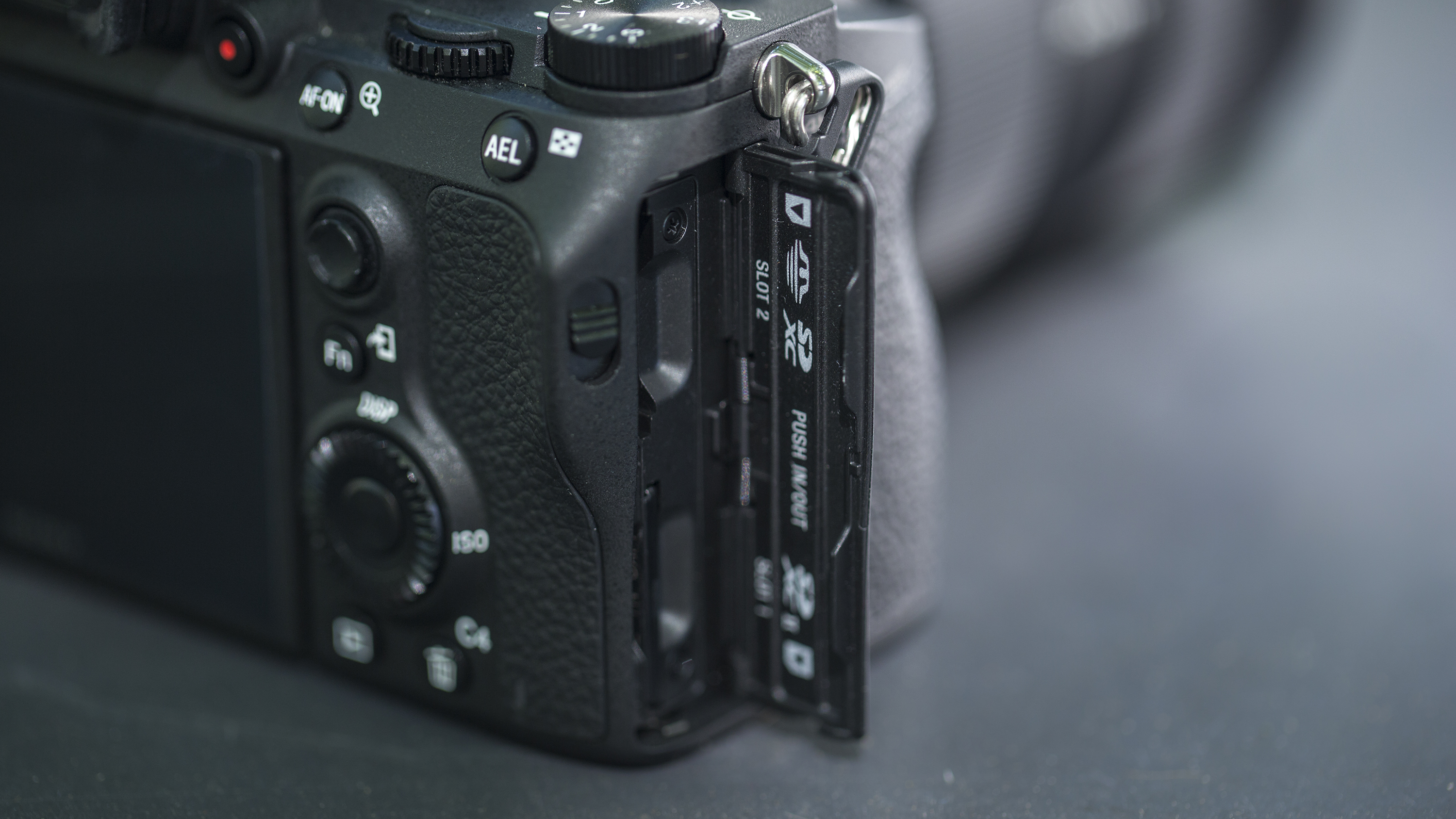
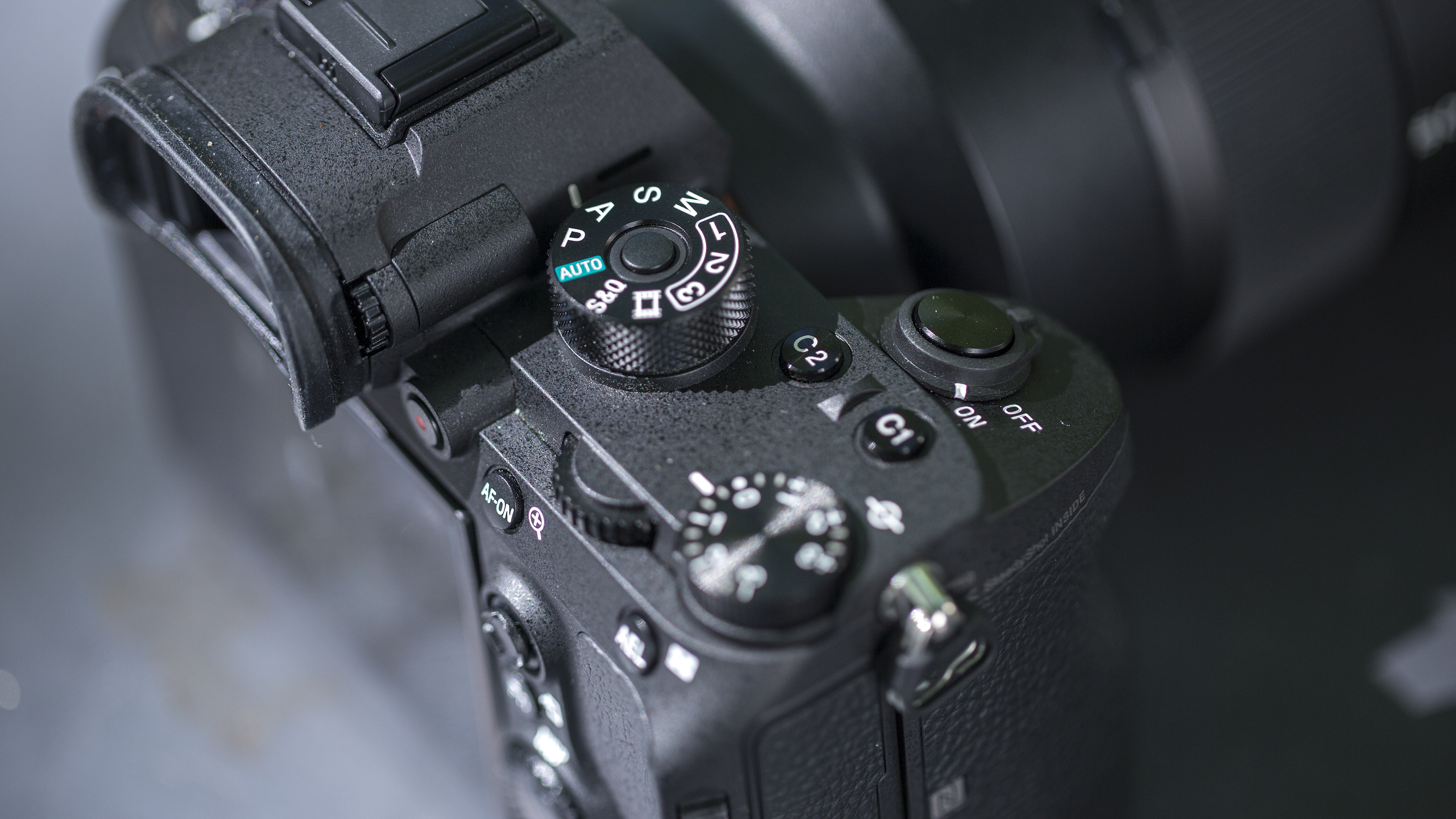
Starting with the top plate, and to the left of the viewfinder there's now a dedicated control for the Alpha A9's drive modes, with a focus mode selector round the collar to boot.
To the right of the viewfinder is the mode dial, which includes an 'Auto' mode –something we wouldn't expect to see on a pro-orientated camera. One slight annoyance with both dials is the locking mechanism. You have to press down on the central button to rotate the dial, which is a bit of a faff if the camera's held up to your eye; on the Fujifilm X-T2, for example, you can either set the dials to rotate freely, or lock them so that you have to press before you can rotate.
Another slight issue is the positioning of the front command dial. Because the grip is that bit larger than on the Alpha A7R II, your index finger doesn't fall naturally on it – it requires a bit more of a stretch to get to it. This may sound a little nit-picky, but believe us when we say that after a day of shooting you'll wish it was positioned a bit closer to the shutter button.
Round the back, the most obvious difference from the Alpha A7R II is the very welcome arrival of a dedicated joystick control. Primarily for AF point selection, this can also be used to navigate the camera's menu system.
There's also a proper AF-On button here – a must for many sports and action photographers – while the video record button moves to a more sensible spot just next to the viewfinder.
To say the menu is comprehensive is an understatement – the first shooting sub-category has 13 pages to trawl through
We've always been impressed by the customization options on Alpha cameras, and the Sony Alpha A9 is no different. Pretty much every button or control can be reprogrammed, with some controls, like the dedicated custom buttons, offering the choice of a staggering 69 settings. The default setup makes a good starting point, but it's worth experimenting to find your optimum configuration.
To say the menu is comprehensive is an understatement – the first shooting sub-category has 13 pages to trawl through, while movie settings are still tucked away in the second shooting sub-category. The arrival of the joystick speeds navigation up, but it's a shame the touchscreen interface doesn't allow you to quickly swipe through pages of menus.
The touchscreen itself is actually pretty limited – you can only use it to select an AF area when shooting, and when reviewing images you can double-tap the screen to quickly zoom, then tap and drag to move round the image. If you think you can swipe through images though, you can think again.
Autofocus
- 693-point AF
- 93% coverage
- Enhanced Eye-AF
Sony's not mucking around with the AF system inside the Alpha A9, showering it with a staggering 693 phase-detect AF points that cover 93% of the frame – something even the likes of the Canon EOS-1D X Mark II and Nikon D5 will struggle to match.
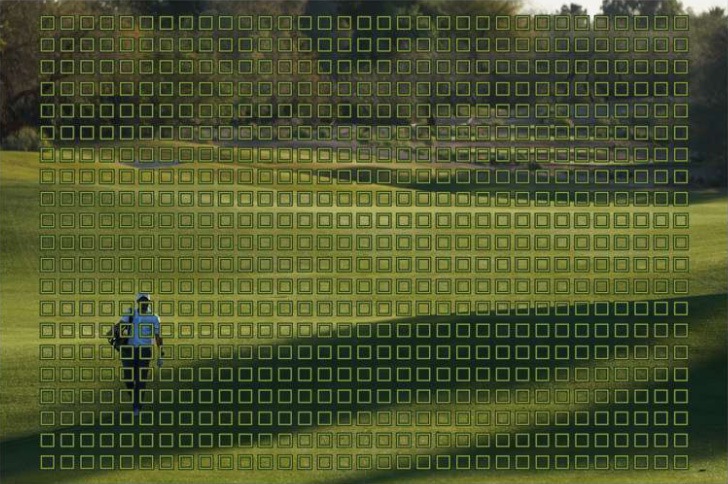
As you'd expect, there's a plethora of autofocus settings available depending on what you're shooting. For general shooting, and to keep things as simple as possible, either the Wide or Zone modes will take care of much of the decision making for you, while Center mode uses the central AF point.
Not everything you want to focus on will be slap-bang in the center of the frame though, so there’s also a Flexible Spot mode (with the choice of three AF area sizes) that enables you to use the joystick to position the focus area pretty much anywhere in the frame. If you're struggling to focus there's also Expand Flexible Spot mode, which utilizes additional AF points to assist with focusing.
Flick the AF mode to AF-C and things really get interesting. You've got the same focusing area options as you have when shooting in the Alpha A9's AF-S focusing mode, but with the addition of a Lock-on setting.
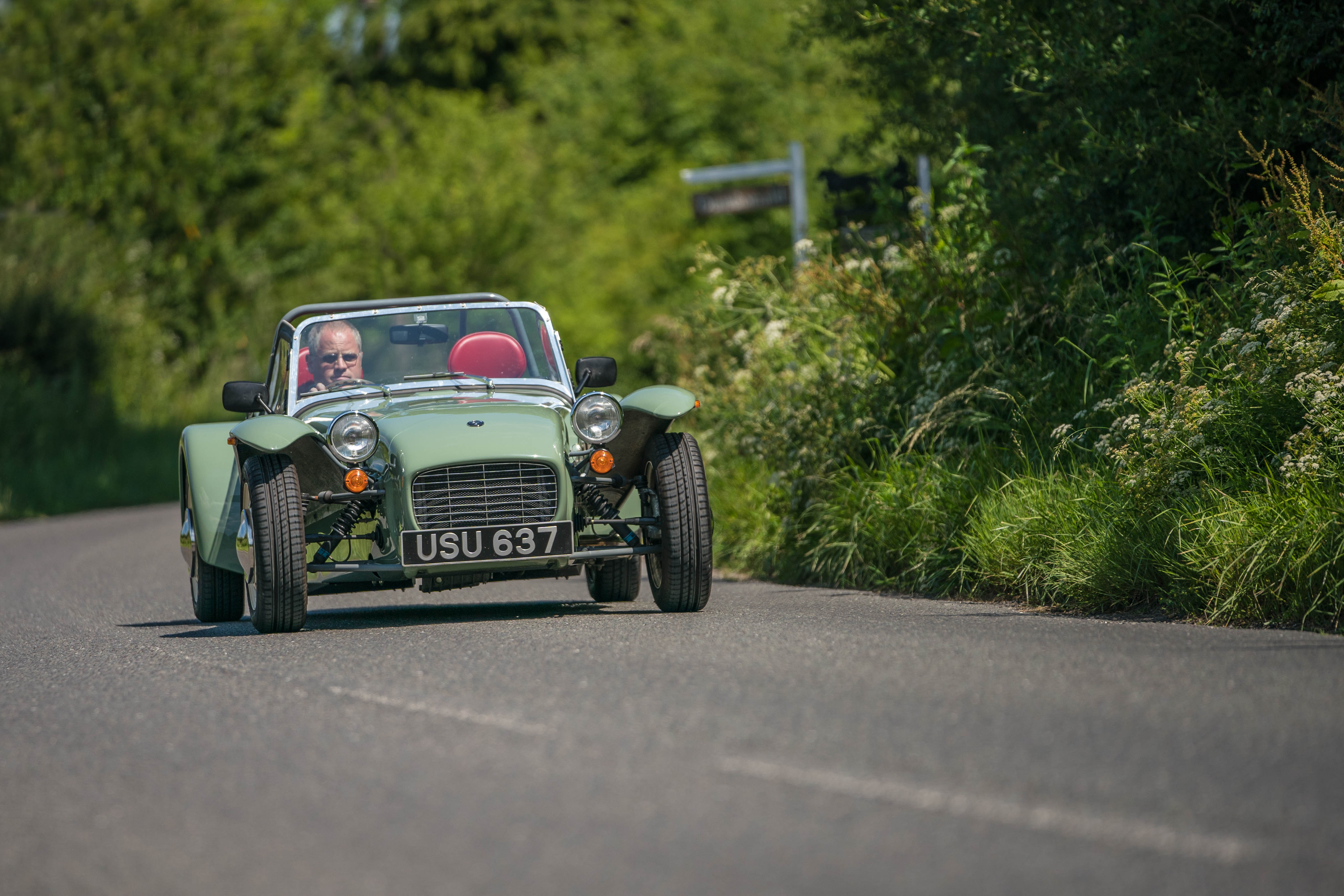
Half-press the shutter button (or preferably use the AF-On button instead), and with your subject selected the AF will instantly snap into focus, while a dizzying array of AF points will light up the viewfinder as it tracks your subject round the frame – thanks to the architecture of the sensor, the Alpha A9 is making 60 tracking calculations per second.
We found that if you want to be really precise with what the camera tracks (especially if your subject is far off in the distance), then Lock-on: Flexible Spot M is the best option, as this allows you to select the specific part of the frame where the subject you want to track is. That said, if you're shooting subjects that fill the frame and make predictable movements, then Zone mode can be very effective.

The Alpha A9 is also the first Sony camera to feature customizable autofocus tracking sensitivity. If you haven't come across this before, it lets you tell the camera how quickly you want the camera to refocus should a distraction obstruct your view of your tracked subject.
In some instances you might want the camera to hold focus (for instance if your subject has disappeared briefly behind an obstacle) or to quickly snap on to a new subject (an opposing player has made a challenge and won the ball). The A9's sensitivity scale ranges from 1 to 5, with 1 least likely to refocus, while 5 is most likely to refocus should a new subject enter the frame.
The Alpha A9's AF performance is incredibly impressive; while it did get tripped up a couple of times, for the most part the speed and precision of the AF is outstanding.

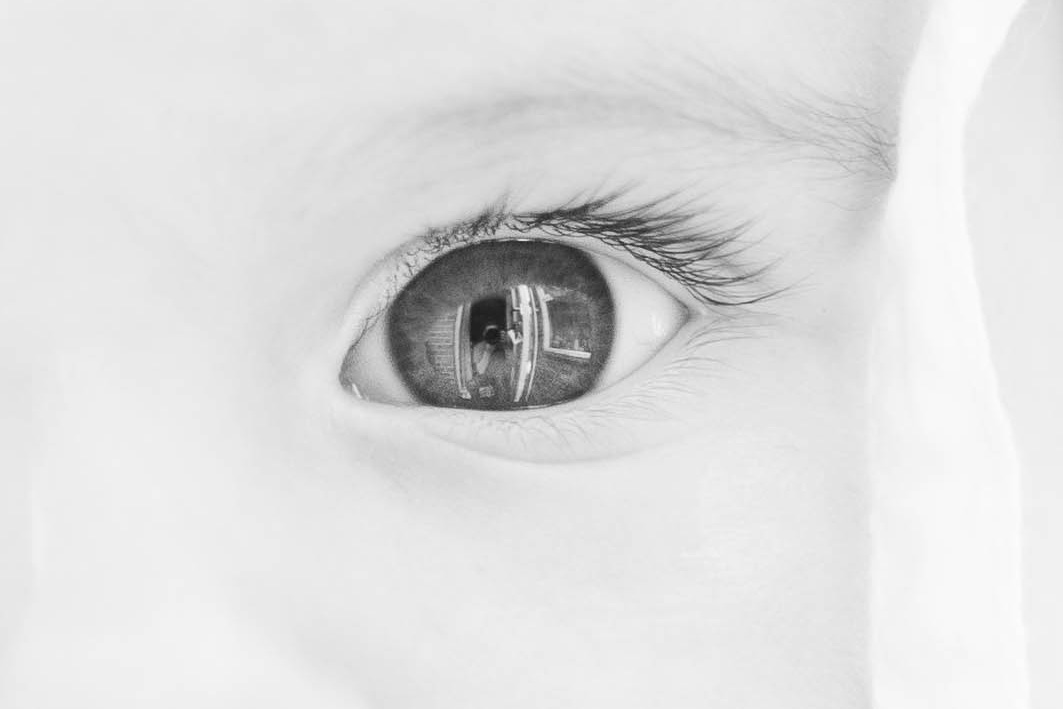
Current page: Build, handling and AF
Prev Page Introduction and key features Next Page Performance and image qualityPhil Hall is an experienced writer and editor having worked on some of the largest photography magazines in the UK, and now edit the photography channel of TechRadar, the UK's biggest tech website and one of the largest in the world. He has also worked on numerous commercial projects, including working with manufacturers like Nikon and Fujifilm on bespoke printed and online camera guides, as well as writing technique blogs and copy for the John Lewis Technology guide.

